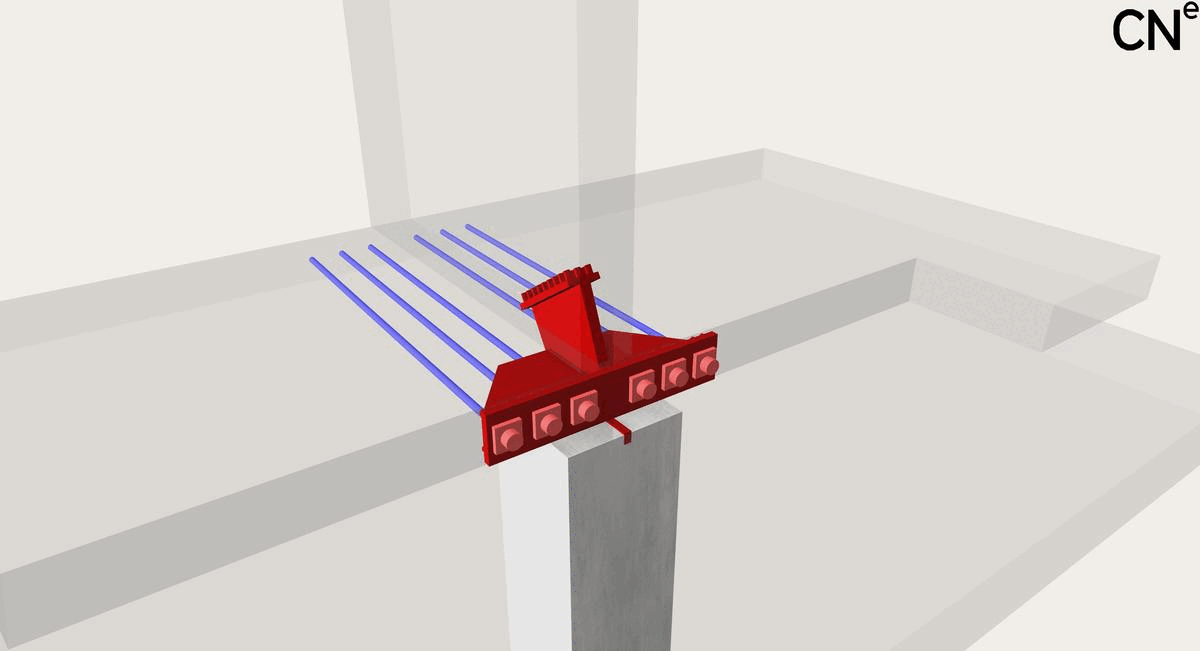
Introduction
Building Information Modeling (BIM) is a dynamic process that spans the entire lifecycle of a construction project, from inception to completion and beyond. By creating an intelligent, data-rich digital model of a building, BIM enhances decision-making and improves the efficiency of construction operations. This blog explores the specific benefits of BIM at different stages of a construction project: planning, design, build, and operate.
The Process of BIM
BIM involves the generation of a digital representation of the physical and functional characteristics of a building. This model serves as a shared knowledge resource, aiding in decision-making from the earliest conception to the final stages of the building’s lifecycle.
Plan
Benefits in the Planning Stage
- Enhanced Contextual Analysis: By integrating real-world data and reality capture, BIM helps create detailed context models of the existing environment. This is crucial for understanding the constraints and opportunities of a site, leading to more informed project planning.
- Accurate Feasibility Studies: BIM facilitates accurate feasibility studies by allowing project managers and stakeholders to visualize the potential of a site before committing resources. This helps in optimizing investment and reducing risks.
- Streamlined Regulatory Compliance: Early integration of BIM aids in assessing compliance with local regulations from the outset, ensuring smoother approval processes.
Design
Benefits in the Design Stage
- Improved Collaboration: BIM centralizes all project data, allowing architects, engineers, and designers to work collaboratively. Changes made by one professional are instantly available to all others, reducing conflicts and redundancies.
- Detailed Documentation: All design details, from conceptual layouts to detailed construction drawings, are documented within the BIM model, enhancing clarity and precision throughout the project.
- Enhanced Preconstruction Visualization: Stakeholders can review and modify the construction plan visually, making it easier to identify potential issues and make adjustments before physical construction begins.
Build
Benefits in the Build Stage
- Streamlined Fabrication: BIM directly informs the fabrication of building components with precision, reducing waste and increasing efficiency in material use.
- Optimized Logistics: The BIM model includes detailed specifications and schedules, which can be shared with trades and contractors to ensure that every component arrives on-site just in time, reducing holding costs and minimizing delays.
- Increased On-site Efficiency: BIM provides a 3D roadmap, helping construction teams understand exactly what needs to be built and how, which significantly speeds up the construction process and reduces the chance of errors.
Operate
Benefits in the Operation Stage
- Informed Maintenance and Operations: The BIM model continues to serve as a valuable asset post-construction, offering detailed insights into building systems and components for effective maintenance and operations.
- Facilitated Renovations and Upgrades: When changes or renovations are needed, BIM models can be updated to reflect the current state of the building, allowing for precise planning and execution of renovations with minimal disruption.
- Efficient Asset Management: BIM provides comprehensive data that can be used for efficient asset management and long-term facility management, ensuring the building’s longevity and performance.
Conclusion
BIM is more than just a design tool; it is a comprehensive process that supports every stage of the construction lifecycle. By adopting BIM, construction professionals can ensure greater accuracy, efficiency, and collaboration, leading to higher quality projects delivered on time and within budget. As such, BIM represents a significant advancement in construction technology, promising a smarter, more sustainable future for the industry.